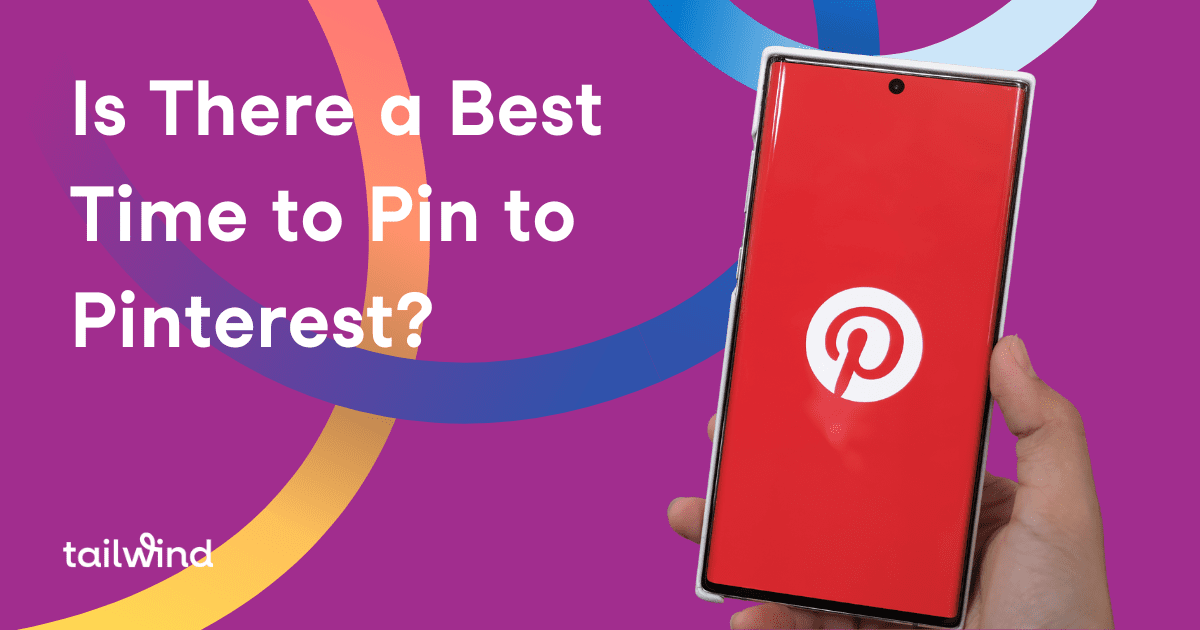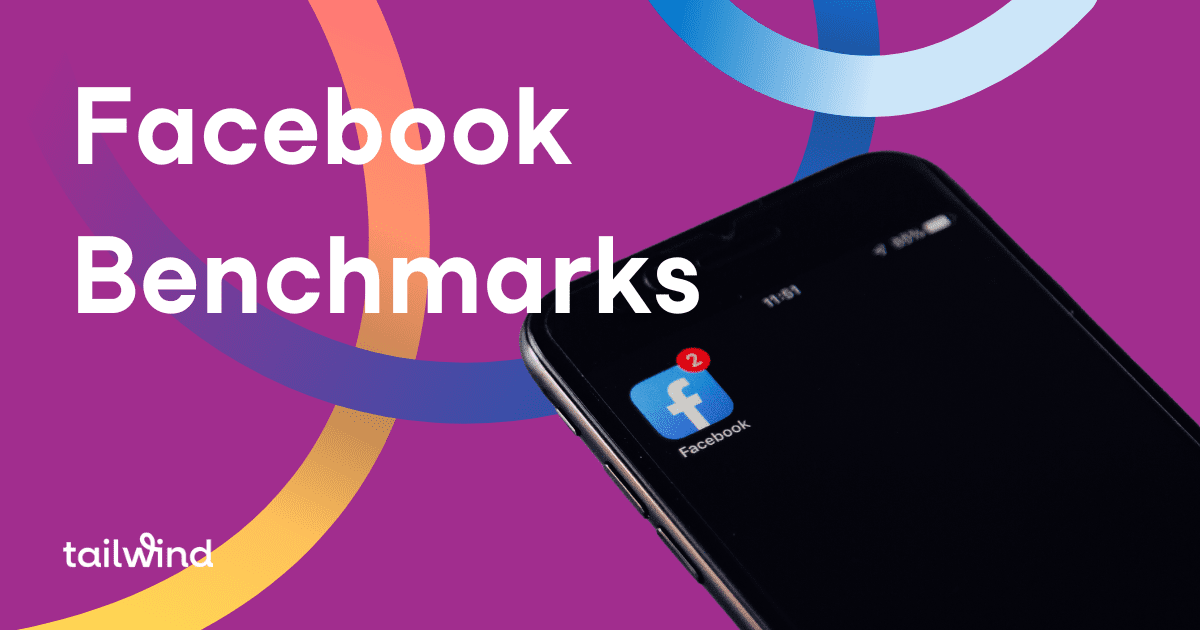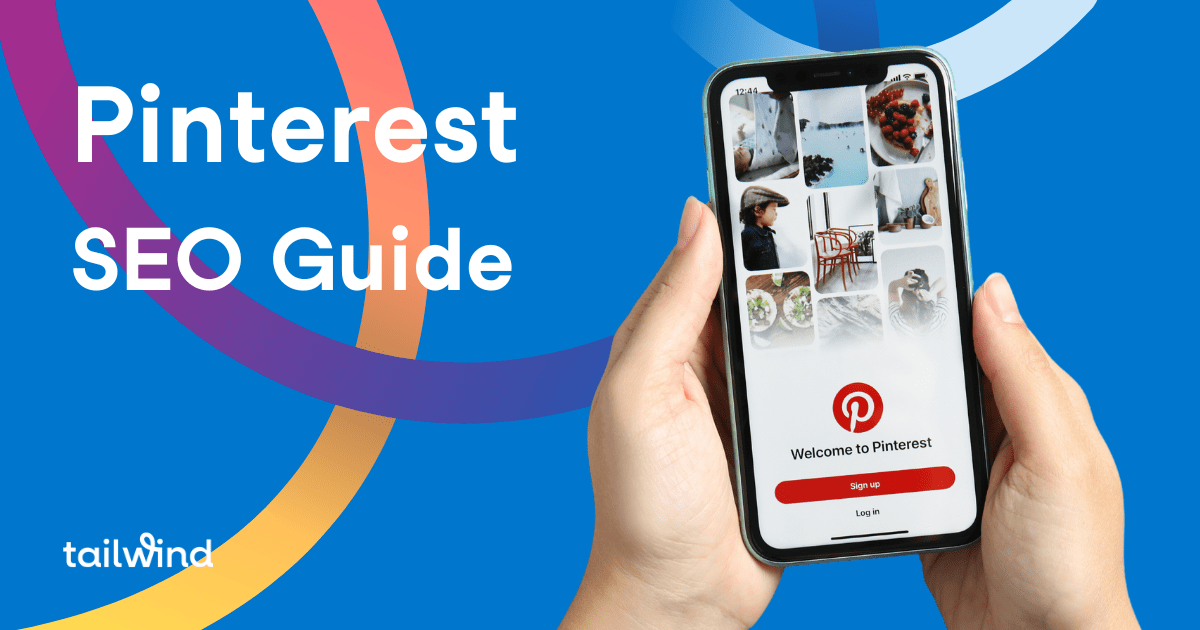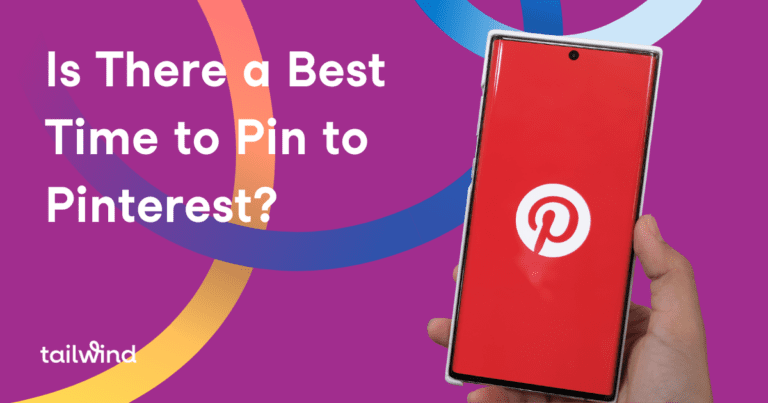
Self-branding is a key part of creating strong connections with your audience and supporting your businesses’ online marketing efforts!
We wanted to find out what actual branding experts think the most important things to building a successful self-branding strategy are. Here’s what they had to say:
AnnaKate Auten, Rhema Design Co.
Be Intentional with Your Self-Branding Journey
I believe in the power of strong brand design, but understand it’s not accessible to everyone right out of the gate!
This tip will help you develop a consistent brand voice and aesthetic in this initial stage of your business while saving for a full brand design experience.

“When it comes to self-branding, it’s easy to get caught up in what’s currently trending. Steer clear of this, unless you want to re-brand again in a few years or even months! “
Focusing on the strategy behind your brand will help you do this.
Through answering some strategy focused questions, you can be intentional about creating a personal brand that’s easily recognizable.
So before diving into any visual elements, answer the following questions. These questions will help you remain focused on the story and heart behind what you do, and identify who you’re speaking to.
After all, you can’t effectively speak to your audience if you don’t know who they are!
Questions to Ask Yourself Before Self-Branding:
- What is your business purpose?
- What makes your business unique?
- Why do your clients trust you?
- Who are your competitors?
- What are they doing well? What are they NOT doing well?
- How are you different from your competitors?
- Describe your ideal client (get specific here. Think age, income, location, decision making factors, etc.).
- What is your client/target audience’s most basic problem that you have the solution for?
Now that you know who you’re speaking to, you can begin putting together visuals that speak directly to them.
Bonus Tip: Remove your feelings from the process. Successful personal branding is about what you want your audience to feel when they interact with your brand. Even if you ARE your target audience, you cannot be totally objective here!
AnnaKate is the Brand Strategist + Lead Designer behind Rhema Design Co. She spends her days crafts visual brand identities for creative entrepreneurs who run businesses with an impactful mission. Follow AnnaKate on Instagram!
Kristen Good, Kristen Good Collective
Build Your Self-Branding Strategy Around Your Ideal Clients
⭐️FREEBIE ALERT! Kristen’s Branding Worksheet ⭐️

If I could give one tip to anyone looking to level up their brand, it would be to spend time figuring out the strategy behind their brand.
Because brand strategy is the background structure of your business and when you’ve taken the time to figure it out, it makes figuring out content, visuals, and attracting ideal clients so much easier.
There are a lot of components to brand strategy but you can start by answering these questions.
Questions to Ask Yourself When Self-Branding:
- Who you are as a business
- What you do
- How you do it
- Who you do it for
Small questions but with big answers! To help clarify them, start with defining your business vision.
What is your reason behind creating this business and what do you hope to bring to the world with it?
Then dig into your ideal client. Who is your ideal client? What makes them ideal? And the big question, how do they describe the problem you solve?
Understanding how your client speaks is key to writing content that makes them say “yes, that’s exactly it!”
One of my favorite brand strategy questions to ask is: If your brand was at a party, how would it be remembered? This is the culmination of how your voice and visuals come together. Is your brand, happy, sophisticated, serious? What do you want your ideal clients to feel anytime they interact with you brand?
The last thing about brand strategy is that it can change and grow over time as your business does, so check back in on it every year or so.
I know nailing down your brand strategy can be daunting but I promise it will be worth it in the end!”
Kristen Good is a designer and creative strategist helping heart-centered entrepreneurs take their businesses to the next level with kick-ass branding and strategy! You can check out her work at www.kristengood.com. Follow Kristen on Instagram!

Kelly Wittman, Witt and Company
Infuse Your Personal Story Into Your Brand
I am a huge proponent of bringing the personal into your branding, especially if you’re a service-based business and are selling your expertise. However, I think there’s a way to strategically add personality that aligns with your brand and provides value to your audience.
A brand is how people think, feel and act in relation to your business. How you get someone to think a certain way, act a certain way and feel a certain way is through the various touchpoints and experiences someone has with your brand.
“When you’re deciding how much of yourself to bring into your brand, think about how you want someone to experience your business. What sort of feelings and thoughts do you want that person to have when they see you on Instagram, visit your website or come across a piece of content on Pinterest?“
Create Touchpoints On Every Channel
By clearly articulating how you want someone to think and feel at each brand touchpoint, you end up creating a guideline for the type of personal details that you should include in your content marketing.
For example, if you’re going back and forth on whether or not to share a personal story, think about it from the perspective of your audience. Does this story reinforce the brand perception that I want my reader, viewer, or listener to have or does it detract from it?
The other consideration to have when deciding if you should share a personal story is whether or not it serves your ideal client.
Part of building a personal brand well is consistently adding value to your community.
Now, this doesn’t mean you have to only share sunshine and rainbows – getting vulnerable and sharing struggles is a great way to add value and build a personal connection. I’d just recommend that you share from a place of service.
Happy self-branding!
Kelly is a Minnesota-native who loves helping service-based businesses create effective brands through intentional strategy and thoughtful design.
When she’s not collaborating with clients through Witt and Company, you can find her working on a home renovation project alongside her husband and documenting the progress on their blog, North Country Nest.

Jen Fieldman, Jen Fieldman Strategy
Keep Branding Elements Consistent
Consistency is key when it comes to your brand. Even if your branding isn’t “perfect,” be consistent in your use of design, color palette, fonts, and tone.
That will elevate all the content you’re creating, and make everything more cohesive.
Jen is a marketing and strategy coach for female entrepreneurs. She transforms these service-based bosses from struggling for clients to generating consistent, high-quality leads – using only organic growth methods. Learn more at www.jenfieldman.com or follow Jen on Instagram!
Karina Martinez, avana creative
Fix What Isn’t Working with Your Branding

Diagnosing why your Instagram brand strategy isn’t working isn’t always the easiest thing, but it’s important to always be monitoring the health of it and be aware if you need to freshen it up or consider a complete revamp.
Here are some ways to get more insight:
Does your self-branding match your website and other marketing platforms?
In other words, if your brand is Sarah’s Baking Blog but your Instagram handle is @eatyummycookies, then you have a brand identity issue that you need to solve. Check up on whether your Instagram color theme, visual assets, and wording also match up!
Does your Instagram tell a story – and does it make sense?
You have to think about Instagram as an additive to your brand, not your whole brand. If you are posting things that don’t make sense and or add value to the brand then it doesn’t have anything to do with it.
Social media platforms work to build a lifestyle around a brand or business. Sometimes people get so determined to sell a product they forget that they are selling a lifestyle.
Do blind tests!
Take a screenshot of your feed, take out the name and bio and hand it to unbiased people. Have them tell you what they see and/ or have them make educated guesses as to what the brand stands for and does. If they say something totally off then maybe it’s time to go back to the drawing board!
Numbers never lie
Look at your posts that have done the best, and try to figure out what your followers loved about them and more importantly replicate it as best as you can without repeating.
Take a hard look at your bio
Ask yourself these questions:
Does the name of the business match the handle? Do you have a call to action on the page? What do your followers know about the brand based on the handle? If you remove your photos and posts completely, would your Instagram bio still inform your followers what your brand messaging is?
Consistency is key!
It doesn’t matter if you post every day or once a week, but you have to maintain consistency and flow so your followers remember you. Integrate a Instagram planning calendar and/or invest in and Instagram publishing tool to help you stay consistent.
[sc name=’instagram-boilerplate’]
Does your demographic on your Instagram match the demographic that’s purchasing your product or reading your blog posts?
Low engagement isn’t always about having a small following, it’s about not putting out content that your followers care about. Demographics like region, age range, interest, and sex all matter and should be factored into your content!
Karina Martinez is an experienced food and beverage branding expert who has successfully led the development and launch of some of the hottest emerging brands and restaurants in Southern California.
She’s the CEO & founder of avana creative and the CEO & co-founder of Salud Brands Co, and a dedicated mentor to Latina entrepreneurs in her community. Follow Karina on Instagram!

Chloe Bubert, Chloe Alysse
Play the Long Game with Self-Branding Pivots
When I started my blog, I had no idea what it would become.
I picked the first name that came to mind (chloandclothes).
After about 6 months, I realized that I enjoyed blogging and creating, but I wasn’t totally sold on the defined brand that I’d inadvertently developed.
So I spent several months intentionally crafting and cultivating the personal brand that would grow with me.
I also created a thorough launch marketing plan that would guide my audience into this new territory.
It took FOREVER to complete the website overhaul and finalize every little detail!
But now I’m on the other side of it all, I can’t imagine having to do that again today, after so much growth!
Even if you’re new brand or still growing, take the time to perfect these details as soon as you can. Know that these investments will be paying dividends for years to come.
The majority of my audience now wasn’t even around during my branding relaunch, and I’m not sure they would be if I hadn’t taken the time to pivot.
Instead of being blinded by my initial success, I started thinking years down the road, and it’s been incredibly helpful in finding the most necessary changes to make.
Chloe is a Tailwind App team member and digital creator. She uses all she learns in the wild world of Instagram to serve our community of small businesses and entrepreneurs.
At Chloe Alysse you’ll find her favorite sustainable brands, Instagram growth tips, and LOTS of plants. Follow Chloe on Instagram!
Self-branding requires smart marketing, research and a whole lot of digging into what makes you unique! Whether you’re working on branding your online marketing presence or building a brand on Instagram, chances are you’ll be following a lot of the same steps to create a cohesive brand.
Which of these ideas will YOU add to your self-branding journey? Let us know in the comments or share your own tried-and-true tip.
We’d love to hear from you, too!
Pin Me For Later :





